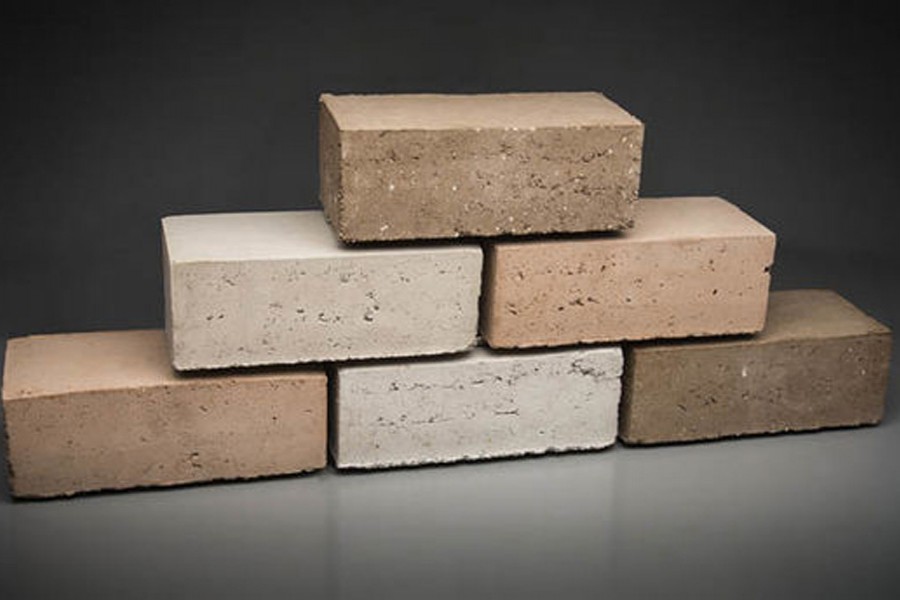The government has in the recent years come down hard on the conventional brick kilns. These gaseous smoke-emitting kilns now dot the country, their venues ranging from otherwise clean-air rural areas to even the outskirts of the cities -- including capital Dhaka. To speak pithily, their pace of encroachment is disquietingly alarming. In reality, these traditional brick-making units are now considered great culprits responsible for the fast deteriorating air pollution in Bangladesh. Ironically speaking, despite being great polluters, their need cannot be belittled considering the county's ongoing development spree. The imperative is that brick kilns be built and used in ways conducive to people's physical wellbeing. The owners of brick kilns normally eye the forest-trees which are easy to dry and burn. Besides, the topsoil of croplands is used as the main ingredient of bricks. Farmers in places are forced to sell this soil to the syndicates commissioned by brick kiln owners. Without topsoil, the croplands eventually turn barren. The farmers and the country's agro-sector finally take the brunt.
Against this backdrop, environmentalists of the country continue to get vocal. Lately, they are laying renewed stress on eco-friendly or green bricks. In accordance with this, environmental activists in last June formulated an 11-point declaration with some recommendations. Those were related to the "use of eco-friendly alternative bricks for sustainable development in Bangladesh." Many can take heart from the fact that alternative bricks have already been in use in parts of the country. The benefits of these bricks are many. The foremost of them are they don't pollute the environment; and they are energy-saving. Keeping these positive facts in view, campaigns in favour of green bricks should have been in place since long. Thanks to the national trait of sticking to everything conventional and the lack of enthusiasm for things new, it hasn't happened!
The nation had to pay a considerable price for this lackadaisical stand on eco-friendly bricks. The state of environmental degradation kept compounding, with vast croplands falling into disuse due to loss of their topsoil. Besides, the tall chimneys of the kilns spewing out noxious smoke day in and day out kept adding to air pollution in Dhaka and other cities. In making green bricks, some alternative materials are used instead of agricultural soil and precious logs from woodlands, as well as coal. A handful of government agencies have been working on these materials, which include dredged up soil and sand. They have been recognised as environment-friendly, durable and affordable for builders of different classes.
Eco-friendly bricks have been dubbed nearly smokeless. Activists championing these unique bricks view their baking process like being done in a 'wood-stove' or a 'fireplace'. A burner called Hybrid Hoffman Kiln (HHK) bakes bricks in the middle of a tunnel. Similar alternative methods are followed in 'zigzag kilns'. It's undoubtedly encouraging to see that 4,227 conventional brick kilns out of 6,646 were converted into modern and eco-friendly ones in the country until February in 2019. In South Asia, a few countries are poised to switch over completely to the new-era brick kilns. In today's Bangladesh, enterprising builders dream of prefabricated brick panels to be attached to the conventionally built masonry walls. Construction works like prefab buildings prompt calls for green bricks. The only place the centuries-old bricks are destined to land might soon be museums.


